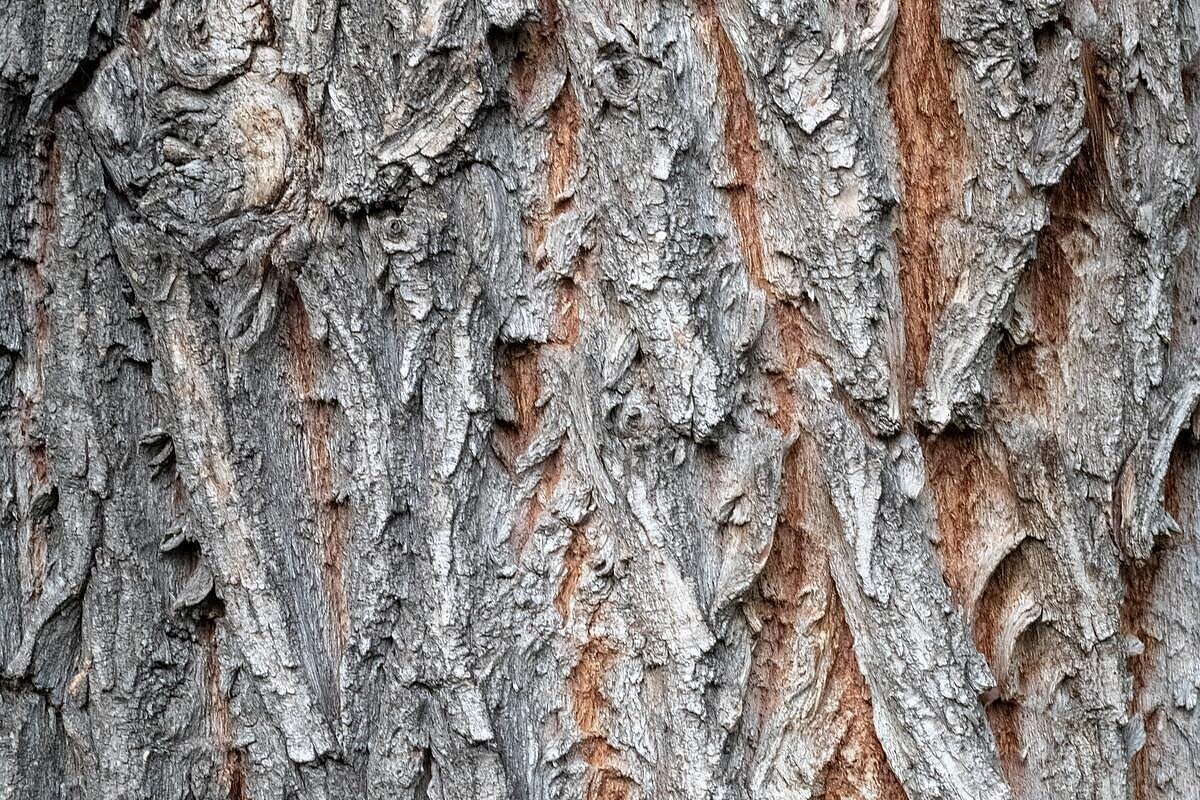Pine bark

In the world of dog nutrition and care, the search for natural and healthy alternatives is a constant endeavor. Pine bark, a by-product of forestry, has attracted attention in this context. But what exactly is pine bark, and what role can it play in the lives of our four-legged friends? This article provides an in-depth look at the nature of pine bark, discusses its potential benefits and drawbacks for dogs and provides an informed assessment of its suitability.
What is pine bark?
Pine bark comes from pine trees that are native to many parts of the world. It is the outer layer of the tree and is often used in landscaping and as ground cover as it provides a natural and aesthetically pleasing option. Pine bark is rich in organic compounds and offers various physical and chemical properties that make it useful in certain applications.
Benefits of pine bark for dogs
Natural toy alternative
Pine bark can serve as a natural chew and toy for dogs. Compared to synthetic toys, it can provide a safer and more environmentally friendly option that satisfies a dog's natural chewing instincts.
Dental hygiene
Chewing on pine bark can help clean teeth and reduce tartar and plaque buildup. The rough texture of the bark helps to clean the teeth and massage the gums.
Source of antioxidants
Pine bark contains natural antioxidants that can strengthen the immune system. These antioxidants fight free radicals in the body that can cause cell damage and lead to various diseases.
Disadvantages and risks
Risk of ingestion
Despite its natural nature, pine bark can pose a choking hazard, especially if larger pieces are swallowed. This can lead to intestinal blockages or other serious health problems.
Toxic substances
Some pine bark may contain toxic substances that are harmful to dogs. In particular, the bark of certain pine species can release resins and other chemical compounds that can lead to poisoning.
Allergic reactions
Dogs can have individual reactions to natural substances, and pine bark is no exception. Allergic reactions can include skin irritation, itching and other intolerance symptoms.
Selection and use of pine bark
If you are considering introducing pine bark as a supplement or toy for your dog, it is important to consider the source and quality of the bark. Choose untreated and safely identified pine bark products to minimize risks. Supervise your dog when chewing or playing with the bark to ensure no parts are ingested.
Use with caution
Pine bark can be an enriching addition to your dog's environment in certain circumstances and with appropriate care. However, the potential benefits, such as promoting dental hygiene and providing a natural activity, must be weighed against the risks. Individual tolerance, the quality of the bark and owner supervision are key factors in ensuring your dog's safety and well-being.
If you notice any signs of hypersensitivity or poisoning in your dog, you should see your vet immediately. We are not a substitute for a vet, but we try to be as accurate as possible. Every dog reacts differently and we recommend you get a second opinion or consult your vet if in doubt.
Stay healthy and take good care of your four-legged friend!😊
Similar to Pine bark
Larch bark comes from the larch, a coniferous tree known for its hard wood and valuable bark. In folk medicine, the bark of various trees has been valued for centuries for its healing properties....
Birch bark is the outer layer of the birch, a deciduous tree that is widespread in Europe, Asia and North America. The bark is usually white or silvery and can be easily peeled off in strips. Birch...
Oak bark is the bark of the oak (Quercus robur), a deciduous tree that is widespread in Europe. The bark contains many tannins, which have an astringent effect. These tannins can precipitate...
Willow bark is the bark of various willow species, which are mainly found in Europe and Asia. The bark is usually peeled from the branches in spring or fall and dried. It can be administered as a...



